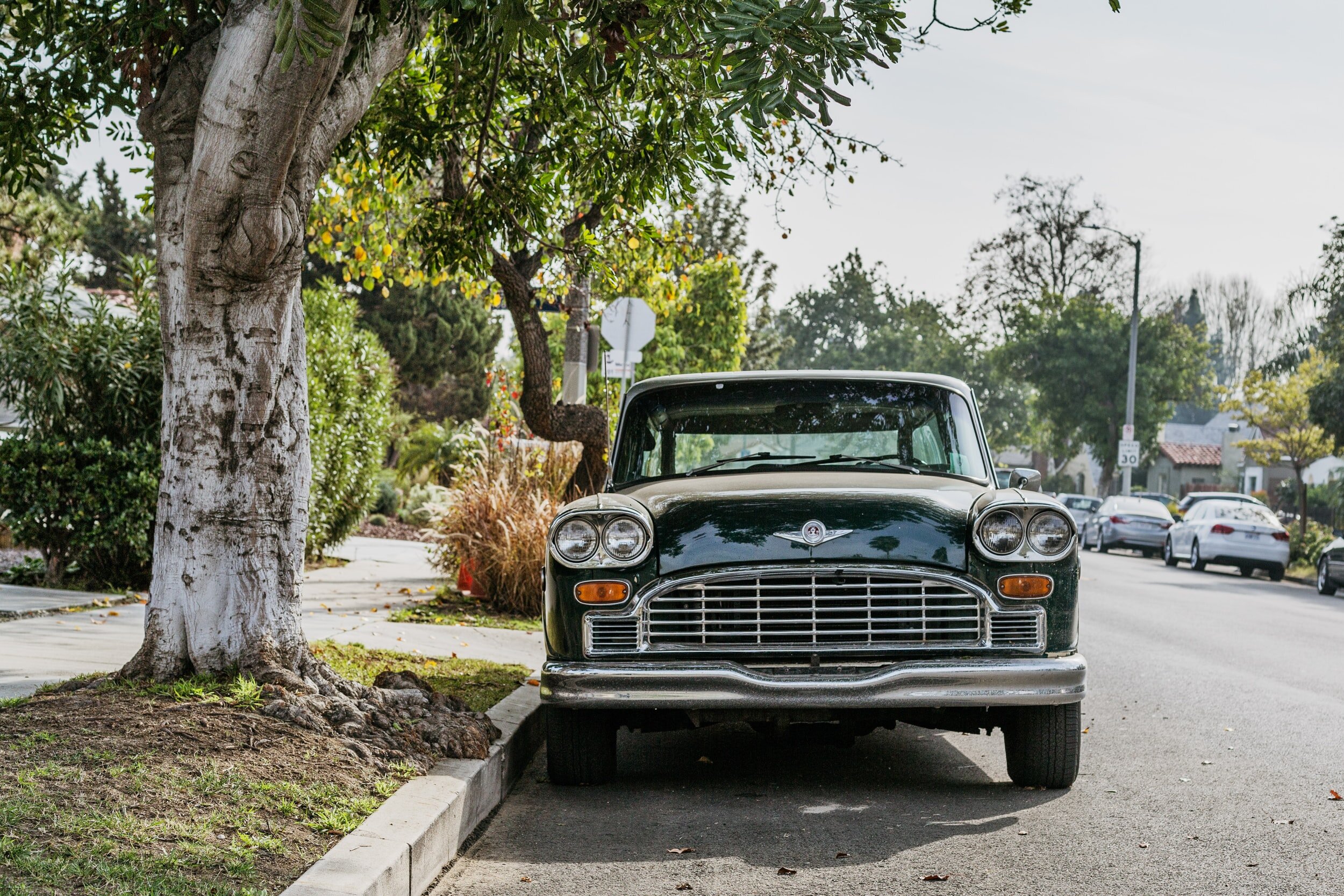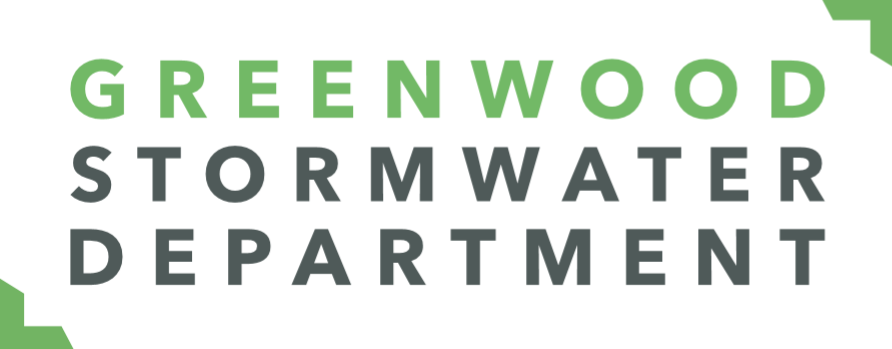
Storm and Code
The Stormwater Department is responsible for installing, repairing, and maintaining public infrastructure.
Common CE Complaints
-
Flooding
Flooding on a residential/commercial property is the responsibility of the owner. It would be unfair to financially support one project and not all others. However, we can provide suggestions and guide in the right direction to help ensure the success of the project.
Most times, flooding is a result of a blockage in the drainage path, erosion, or uneven land.
-

Sump Pump Discharging Water on Neighbor's Property
It is preferred that sump pumps be discharged onto the property owner’s yard. This allows for the water to be soaked into the yard rather than contributing to polluted run off. However, we do allow sump pumps to be tied into the storm sewer since it is composed of uncontaminated ground water. We do this to discourage residents from tying into the sanitary line, which costs money to treat.
-

Car Parked in Street
Oil that leaks from our cars onto roads and driveways is washed into storm drains, and then flows directly into our creeks, rivers, and streams. Auto fluids do not dissolve in water. They stick to everything from sand to bird feathers. Oil, as well as other petroleum products, are toxic to people, wildlife and plants.
In this situation, we would send out a warning citation. If the issue is not taken care of, we will begin fining.
-

Potholes
Asphalt is composed of solid petroleum. Stormwater can carry pothole fragments into the system. Once the pieces of asphalt are heated up by the sun, they can release these chemicals into our waters.
Side note: If there is the option, always choose concrete over asphalt. It is more costly but much better for the environment.
-

Overflowing Dumpsters
Trash that is not properly disposed of will end up on land, and then be conveyed in the storm sewer system. Often this trash will block storm drains causing water to back up and flood the area.
-

Feeding Fowl
A large population of ducks and geese can cause significant damage to ponds. They will: 1. erode shorelines by trampling and feeding on shoreline plants. 2. introduce invasive weeds that are stuck to their feathers and carried in their digestive tracts 3. deposit large volumes of feces that increase algae and weed growth and introduce disease causing pathogens into the water that threaten the health of residents, pets, and the birds themselves 4. make water muddy and cloudy as they sift through the mud for invertebrates and uproot vegetation.
Please Fill Out
Stating You Participated in 2021 Stormwater Training
Learn Stormwater in a Different Department


